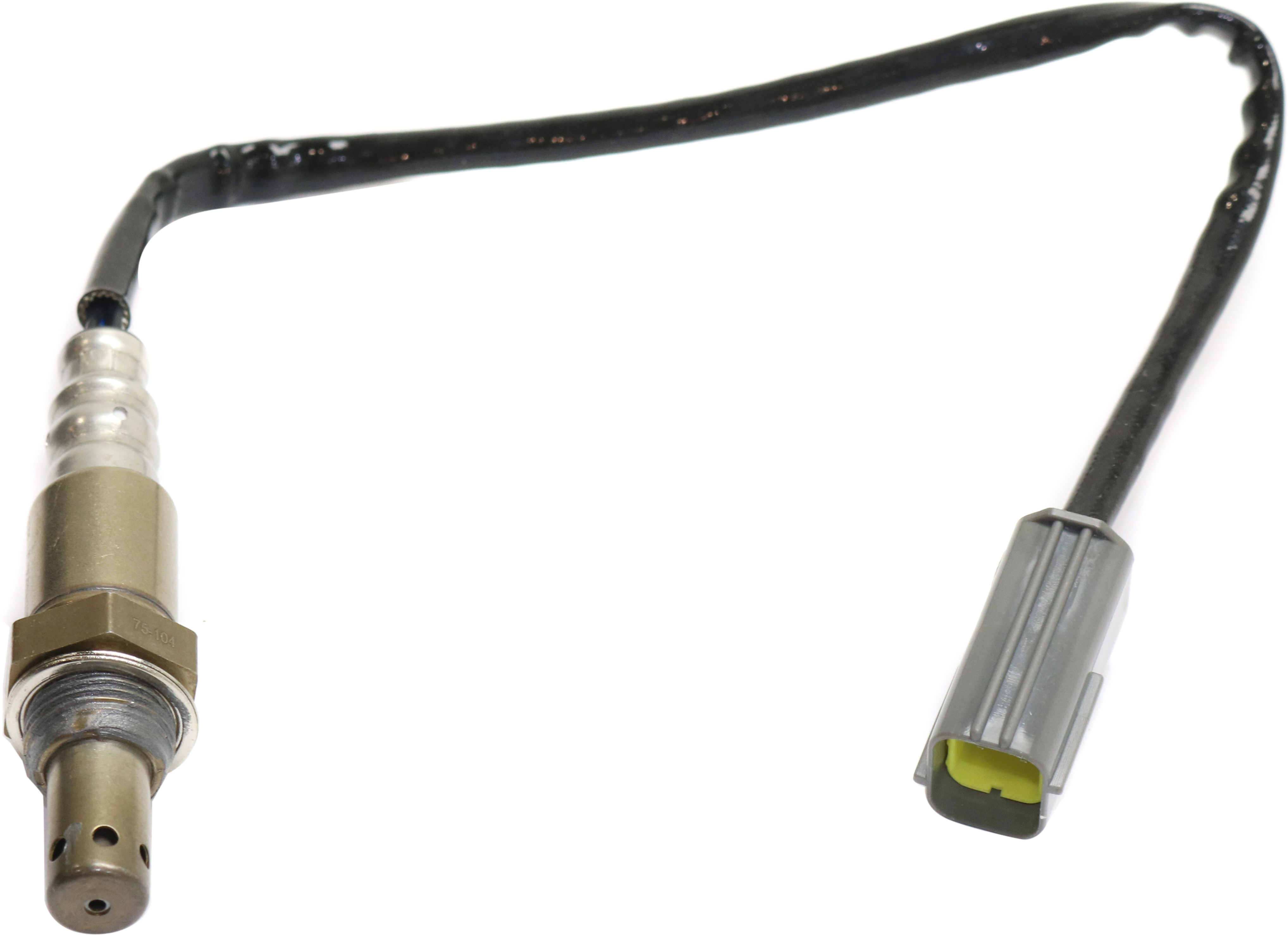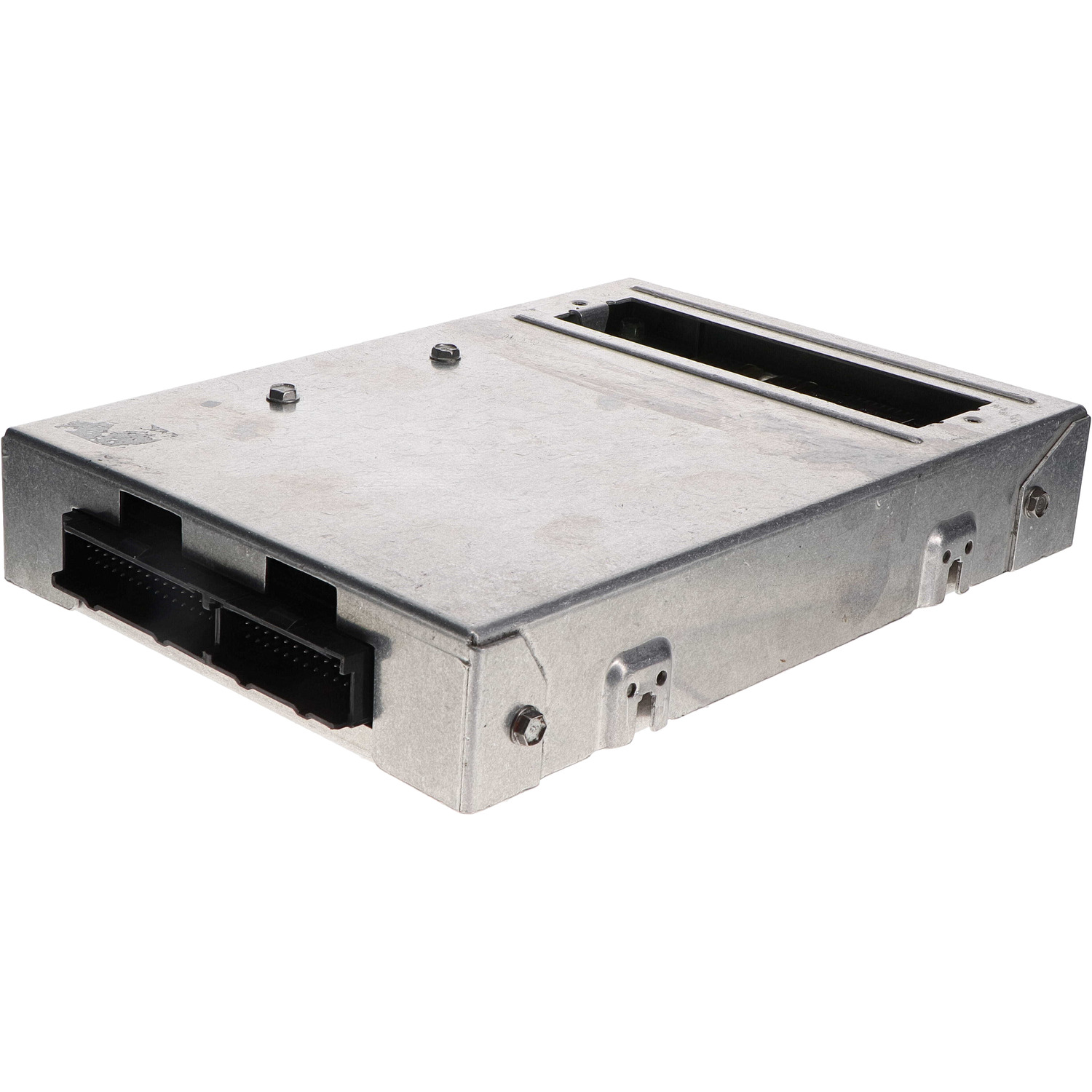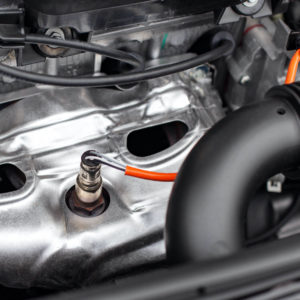When one of your oxygen sensors or any of its related components go bad, a trouble code may be logged. Learn more about the OBD-II code P0030, one of the codes related to faults in the emission system.

What Does the P0030 Code Mean?
Diagnostic Trouble Code (DTC) P0030 stands for “HO2S Heater Control Circuit (Bank 1, Sensor 1).” It may be triggered when your vehicle’s control module detects a fault in the heater circuit in oxygen sensor Bank 1, Sensor 1.

Bank 1 is where cylinder number 1 is located. On a Ford Pickup, Bank 1 is the passenger side bank, but on Chevy and Dodge pickups, Bank 1 is the driver side bank. Make sure you know bank 1 from bank 2 before you start trying to fix the issue. If there is only one bank (as on an inline 4 cylinder) there is no Bank 2.
Bank 1 Sensor 1 is between the engine and the catalytic converter. Bank 2 has a sensor 1 and a sensor 2 laid out the same way.
Oxygen sensors need to be heated to work. An O2 sensor won’t work below a certain temperature – for conventional oxygen sensors, that magic number is 600°F. You can learn more about how O2 sensors are heated and how an OBD code like P0030 can be logged as a result of this process here.
Note: The definition of code P0030 may be different depending on the vehicle manufacturer. Consult the appropriate repair manual or repair database for the exact code definition.

What are the Possible Causes of the P0030 Code?
Here are some of the possible triggers of code P0030:
- Faulty oxygen sensor
- An issue with the oxygen sensor heater circuit, such as a blown fuse, damaged wires or poor connections
- An issue with the PCM, such as software in need of an update
What are the Common Symptoms of the P0030 Code?
Since the P0030 code is a generic code, it is supported by most vehicles. However, symptoms for each make and model may vary. Here are some of the common symptoms related to the code:
- Check engine light turns on
- Decreased fuel mileage (depending on fault)
How to Diagnose the P0030 Code
The diagnostic and repair steps for code P0030 may vary depending on your vehicle’s year, make, and model. For example, repair steps for a code P0030 in a Chevy may not work for a P0030 code in a Subaru. To help you get an idea of what the process might involve, here are videos you can watch:
How to Fix the P0030 Code
Once you’ve determined the exact cause of the P0030 code, the next step to resolving it is finding the appropriate repair steps. Research confirmed fixes that are specific to your vehicle’s year, make, and model. You may use online auto repair resources and guides as a reference.
If you’re not confident with your automotive know-how and DIY repair skills, it may be best to let a mechanic resolve this code.
Get a Replacement Oxygen Sensor Without Leaving Your Home
It’s highly advisable to stop driving your car or truck if one of its oxygen sensors develops a problem. Exhaust problems are costly to repair and can lead to equally expensive engine issues. But here’s some good news–you can get an affordable replacement oxygen sensor at CarParts.com.
Why pay dealership prices for an oxygen sensor if you can get the same quality at a lower price? At CarParts.com, our competitively priced parts help you get your car back on the road while staying within your budget. Furthermore, our parts meet world-class standards because we exclusively source them from trusted veterans of the auto parts industry. We efficiently process your order and ship your new part from our nearest distribution center, so you can expect the oxygen sensor you ordered to arrive in only several business days.
CarParts.com offers a wide selection of oxygen sensors for vehicles of various years, makes, and models. Don’t miss out on the best deals on O2 sensors and order what you need today!
Shop this Project



Any information provided on this Website is for informational purposes only and is not intended to replace consultation with a professional mechanic. The accuracy and timeliness of the information may change from the time of publication.





















